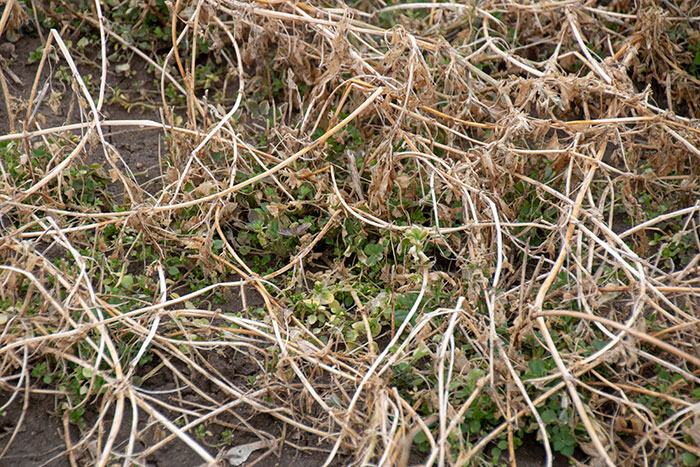
For forage stands, spring green up is just around the corner. After a relentless winter in most regions, it is possible that forage stands sustained winter damage.
The Ohio State University’s (OSU) Mark Sulc, extension forage specialist, and Rory Lewandowski, a county extension educator, advise growers in the OSU C.O.R.N. Newsletter to be ready to walk legume stands early this spring to assess winter injury.
While the air temperatures may have been miserably cold this winter, the soil temperatures were actually a bit more moderate. According to the authors, in Ohio, the soil temperature at the 2-inch depth, which is associated with plant crowns, ranged from 17.8 to 32.6°F. Temperatures in the 5 to 15°F range are typically where damage can occur.
Snow cover is an important form of protection for legumes. A cover of 4 inches can keep soil temperatures 5 to 15 degrees warmer.
While soil temperature isn’t much of a concern, the rapid freeze-thaw cycles and saturated soil conditions are. “These cycles can cause plants to be physically lifted, or heaved, out of the soil,” the authors explain. When a plant is lifted, its crown is exposed, which makes it more susceptible to colder air temperatures and physical damage.
The plants with the highest potential for heaving are taprooted legumes such as alfalfa and red clover. Also, plants in wet, saturated soils and clay soils are more susceptible to heaving.
“Forage stand health evaluation and winter injury assessment needs to be done by getting out into the field once there is 3 to 4 inches of growth from the plant,” the authors advise. Evaluation involves selecting a random 1-foot square area and count the number of plants within that area. At least one site should be checked for every 5 to 10 acres.
In addition to counting the plants within the square foot, count the total stems for the area. “Healthy plants often produce more stems per plant, thereby compensating for potential yield loss from fewer plants per square foot,” the authors explain.
They further advise to dig up all the plants in that area and examine the crowns and roots.
Other than environmental factors such as temperature and snow cover, management factors can also influence forage winter survival.
Select varieties with good winterhardiness and disease resistance. When it comes to the soil, make sure there is adequate drainage to prevent ice sheeting and heaving as well as adequate levels of potassium, which enhances winter injury tolerance.
In the future, keep cutting frequency in mind. More frequent cutting generally results in a higher risk of winter injury, particularly if the last cutting falls between late September to mid-October.

Kassidy Buse was the 2018 Hay & Forage Grower summer editorial intern. She is from Bridgewater, S.D., and graduated from Iowa State University with a degree in animal science. Buse is currently attending the University of Nebraska-Lincoln pursuing a master’s degree in ruminant nutrition.

